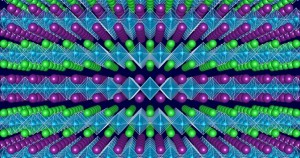
A new theoretical result could lead to designing semiconductors with ideal efficiency for laser, solar cells, and converting sunlight directly into chemical fuel (Image: Northwestern University)
Solar cell efficiency has made significant strides in recent times, but cells are still far from their maximum theoretical efficiency, and part of the reason is that the semiconductors we use to build them don’t have ideal electrical properties. Researchers at Northwestern University have now found a way to tweak an important electrical feature of transition metal oxides, compounds commonly used as semiconductors, to build the optimal light-absorbing material for solar cells, lasers and photoelectrochemical cells.

Recent Comments